For many people around the world, Peter Jackson’s Lord of the Rings trilogy put New Zealand on the map. The sweeping panorama shots of snow-topped mountains, remote tussock grasslands and wild untamed forests worked like an extended tourism video, and visitors flocked to the country in record numbers. However with such a huge emphasis on the spectacular scenery there is an important character in the films that often goes unnoticed – the plants.
The forests and plants of the New Zealand landscape feature prominently in the film, and although they remain silent (for the most part) they play an important supporting role. This article will explore the native, exotic and imaginary plants that make up Middle Earth.
The Shire; A Weed-infested Hobbit Hole
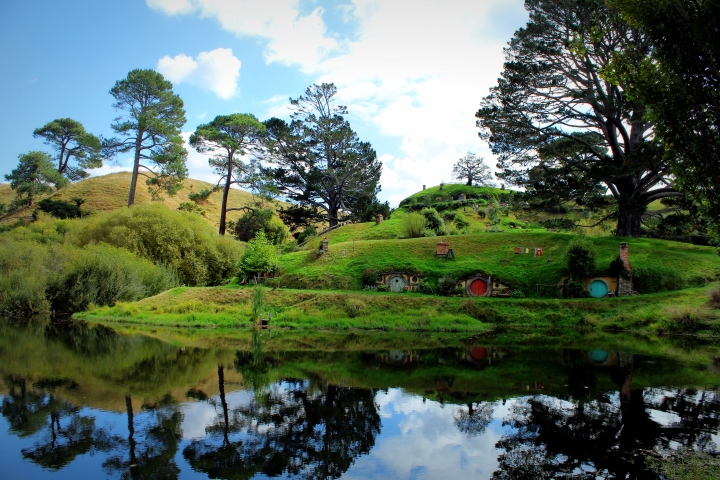
JRR Tolkien’s vision of The Shire was an idyllic English countryside of pastures, trees and wild flowers. However recreating this vision on the other side of the world means that The Shire is one of the weediest places in middle earth. Located in the heart of New Zealand’s Dairy country – the shire is a highly modified exotic environment, with introduced pasture grasses, pine trees, poplars and willow.
It is also home to some of the worst invasive weeds in the country. When Frodo and Sam first set off on their journey they are knee deep in Wandering Willie – a prolific weed that completely swamps the forest undergrowth and prevents any native plants from growing.
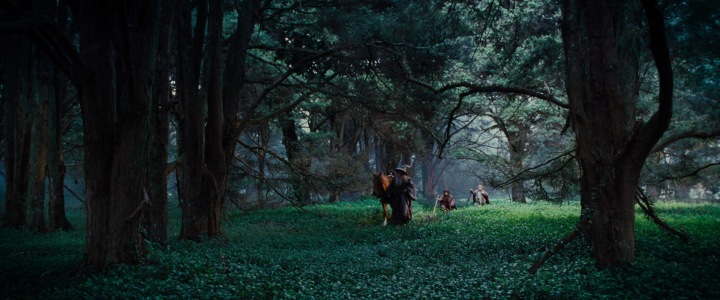
Later on as Arwen and Frodo are pursued by a host of Ringwraiths on the outskirts of the shire, they dodge through a field of Wilding Pines. These are species that have escaped forest plantations and become ‘feral’, aggressively colonising native habitat. Wilding pine numbers are currently exploding in the south island, endangering native plants, damaging farmland and threatening to turn the wild tussock landscape into a sea of exotic pines.
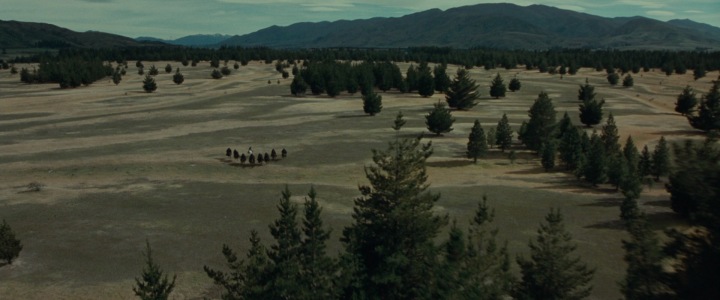
One of the only natives you will see in The Shire is Totara, a hardy plant that has been able to compete in this environment as its spiky leaves are not eaten by stock. However, even Totara has a weedy personality, and some farmers treat it as a weed despite its native status.
Life’s a Beech
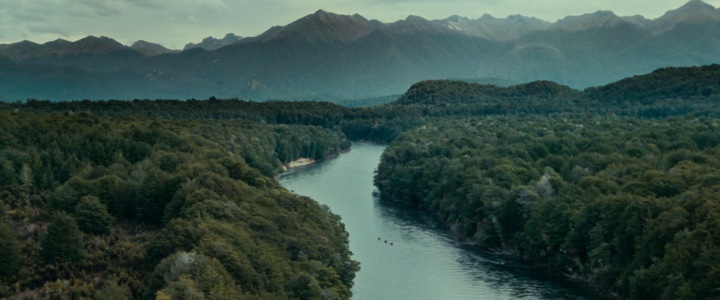
Once the fellowship leaves the bounds of the Shire the plant life begins to change, as exotic pine trees give way to Southern Beech forest. This is the most abundant forest in Middle Earth, as it is in New Zealand. Many of the film’s most memorable scenes are shot in Beech forest, from the elvish city of Lothlorien, to the forests of Fangorn, and the Anduin river where the fellowship are pursued by Urukhai
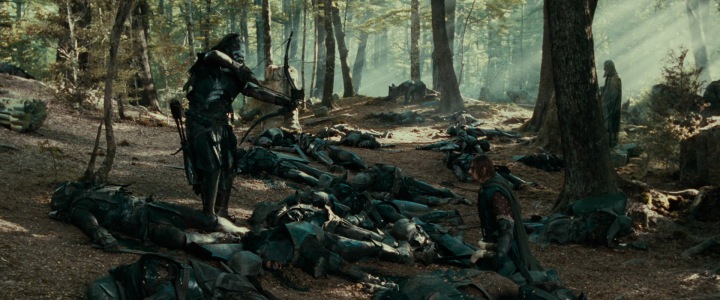
Southern beech forests often have few plants growing in the understorey – which make them perfect for running away from orcs – and the small leaves let a dappled light shine through to the forest floor, creating a magical, elvish atmosphere.
The War of the Roses; March of the Ents
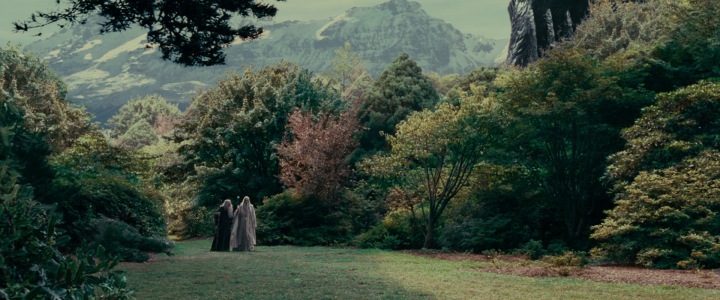
JRR Tolkien has a strong thread of environmentalism in his work – and Lord of the Rings was a favourite of the hippie movement of the 1960s. These themes can be seen throughout the movies as well, from the idyllic farming practices of the hobbits, to the sustainable horticulture of the elves and even the wild feralculture of the ents.
But nowhere are these ideas more pronounced than the story of the war between Saruman and the ents. Initially, Saruman is a good steward of the land, walking through the tamed gardens of Wellington’s Harcourt Park. But Saruman becomes lured by greed and power, exploiting the land of its resources, polluting earth and sky in his attempt to industrialize middle earth.
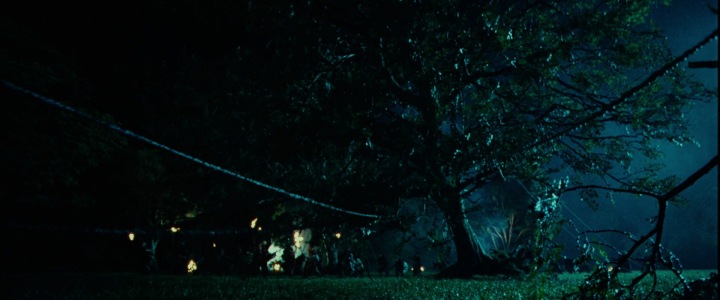
In the end however, the balance of nature is restored. Treebeard calls a council of the ents to war, recapturing Isengard and flooding its dark and dingy corners with life and greenery once more.
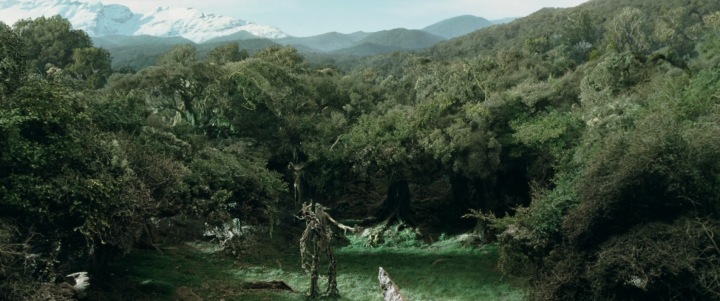
As for the ents themselves, the filmmakers stuck with Tolkien’s original European vision, and they resemble trees such as English beech, chestnut, oak and ash. But the gnarled and twisted forest they call home is located in Fiordland, South Island and is distinctively New Zealand Southern Beech.
Click here for the next installment of The Botany of Middle Earth


Thanks for the great material for my weeds lecture this afternoon. Foundation Ecology gets interesting!
LikeLiked by 1 person
Awesome! Great to think of budding ecologists studying the Lord of the Rings trilogy for insight!
LikeLike
And what about the gorse everywhere???
LikeLike
Thats a good point!
I can’t quite recall any shots of it in the films from memory, do you remember where it can be seen?
I wouldn’t be surprised at all to find it there – It is one of the most widespread and abundant invasive plants in NZ.
LikeLike
Always wanted to read through an article like this. The flora in Lord of the Rings (NZ) really fascinated me. Thanks.
What about the plants found in Minas Tirith?
LikeLike
Thanks George, glad you liked it.
Good question! I believe Minas Tirith is mostly filmed around the The Mackenzie Country / Canterbury Plains. The battles outside the walls of Minas Tirith appear in tussock grassland – which can have a number of different grass species but are often dominated by Chionochloa species.
LikeLike